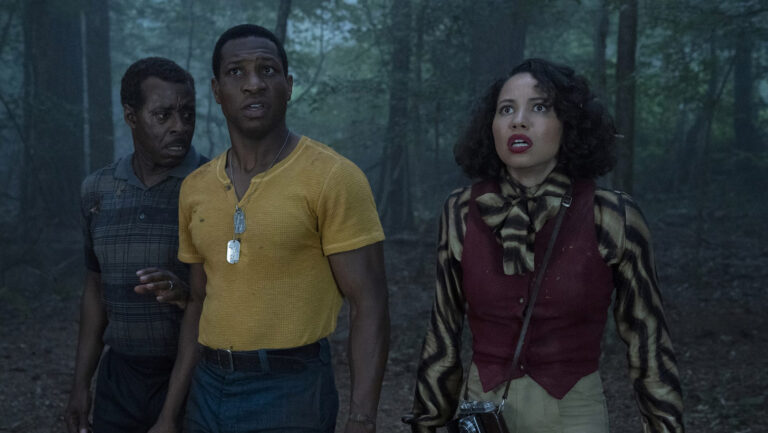Latest Article|September 3, 2020|Free
::Making Grown Men Cry Since 1992
4 min read
If you’re like me, there are only two times you turn on The Weather Channel: When you’re about to get on an airplane (should I pack a sweater or T-shirts?) and when a major disaster is about to hit the continental United States. The Weather Channel saw its ratings leap 29 percent during the January 2011 blizzard in New York. Later that year, when Hurricane Irene blasted the East Coast, TWC’s 25-to-54 ratings beat out FOX, CNN and all other news competitors for 3 days straight—peaking out at more than 4 million. Two weeks ago, as Hurricane Harvey slammed into the Texas coast, the network saw another major surge in viewership. For the last week of August, The Weather Channel’s Harvey coverage filled up four of the top five spots among basic cable ratings, besting the likes of “Real Time With Bill Maher” and “The Rachel Maddow Show” which normally occupy those slots. And now, with Hurricane Irma bearing down on the Florida, millions of us will undoubtedly be glued to our television screens once again.But why do we do it? Those in the path of the storm have a horse in the race, so to speak. There are valuable—perhaps even lifesaving—tips, updates and warnings carried on our nation’s weather channels. Those of us far outside the reach of coastal flooding, however, seem equally interested—obsessed even—in tracking every twist in the cone of uncertainty. There is, for starters, a certain drama in extreme weather. It tests our often too-complacent human condition and shows us just what sort of creatures we are in our heart of hearts: those who loot their neighbor’s abandoned houses as well as those who selflessly drive across the country with a bass boat in tow to rescue people we’ve never met. That’s the kind of roller coaster emotional drama HBO only dreams of. And, speaking as an intelligent, occasionally civic-minded human, we all have a stake in what happens to any part of our country. Maybe we have relatives in Houston. Maybe we vacationed in New Orleans. Maybe we’re simply concerned how disaster relief will affect our nation’s fragile economy. Staying up until the wee hours of the morning watching some poor reporter in a rain slicker and rubber boots standing in the flooded parking lot of a Days Inn while his crew points a camera out the lobby door at him gives us a connection—however tenuous and risk-free—to the events that are affecting our fellow Americans. At its best, of course, this can foster compassion in us, driving donations to charitable organizations helping survivors.But if we want to be cynical and brutally honest about the whole phenomenon, we can chalk it up as pure, unadulterated weather porn. Hurricanes are bad-ass. Tornados look cool and scary—like Jason Voorhees in his hockey mask. Watching shaky cell phone video of the roof peeling off a church in Kansas is—let’s just admit it—the quintessential meteorological money shot. The programmers at TWC seem to understand our urges, having programmed such shows as “Full Force Nature,” “Hurricane Hunters,” “Lava Chasers,” “Raging Nature,” “So You Think You’d Survive?,” “Storm Riders,” “Storm Stories,” “Tornado 360,” “Tornado Alley,” “Tornado Road” and “Weather Gone Viral.” There have not been a lot of shows like “Temperate Nantucket” or “Pleasant Conditions in Colorado.”So maybe, as we binge-watch footage of Puerto Rican beaches being lashed by 150-mile-an-hour winds this weekend, we’ll spare a thought to the actual human beings whose lives are being directly affected by those images, thank our lucky stars we’re not in the path of it ourselves and marvel at the raw, sexy power of Mother Nature.


